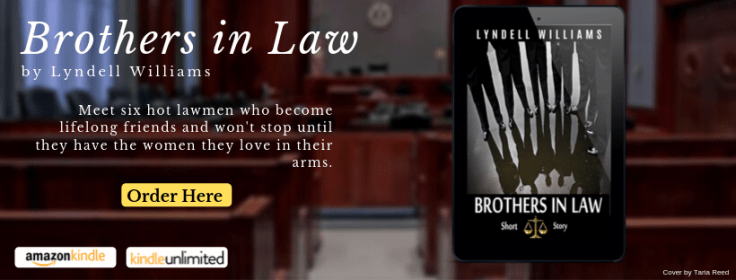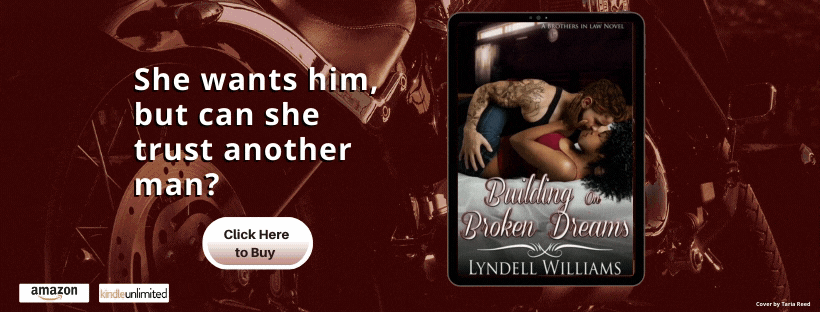
#openbook
Do you embrace dialog or narrate your way around it? Why?
I love to talk, maybe even more than I do writing—maybe. Whether written or verbal, I value the power of words. When reading fiction, I prefer books that pull me into characters through dialogue and action. Just like with real people, what a character expresses often serves as the most efficient means to get to know it’s perspective and emotion in ways that can be lost when conveyed through a narrator.
Dialogue remains essential to character-driven writing, where authors offer readers the opportunity to have a vicarious experience and connect to the characters’ internal or interpersonal conflicts. Focusing on character development requires that authors show readers emotion through what they do and say, things especially important in genre fiction.
For example, romance centers on how two characters create a stable emotional connection and the obstacles to their HEA. While the plot impacts the characters, readers will most likely be more interested in how the main protagonist(s) and antagonist(s) respond through a combination of action and internal and external dialogue.
An author simply telling readers what characters think or feel may seem easier, but it often proves to be less effective to making readers vested in the story than allowing characters to shine through communication. Below is an excerpt from my book Building on Broken Dreams. In the scene, the main character Maryam is leaving her home, upset that her husband Adam’s brother walked in while they were having sex. She and Adam end up arguing in the front yard.


He opened his mouth but stopped at the sound of rustling and the side door opening and closing. “Mary?” He stood and raced into the empty kitchen. He checked the bedroom to discover that she wasn’t there either. He made it back to the living room in time to see Maryam dashing around the side of the house. “Mary.” He flung the front door open and jumped over the porch steps. She crashed into him. He held her at arms’ length and searched her face. “What are you doing?”
“What does it look like I’m doing?” She squirmed in his grip. “I’m leaving. I can’t take this anymore, Adam. Ever since we got married, there is always some man calling or stopping by.” She pushed against his chest. “I come home to find them sitting on the couch like they live here. I can never uncover because they’re constantly here.”
“I stopped all of that.” He pulled her closer. “Come on, Mary.”
“No.” She broke away and sidestepped him. “You’re not charming me this time. I’m not falling for those dreamy eyes and sexy voice.” She spun and stabbed a finger at the house. “That man just saw me naked. Everything, Adam. He saw everything. Who is he anyway?”
“He’s my younger brother. Come and meet him.
She scoffed. “Are you serious?” She reached in her purse. “You may be my husband, but this is not my home.” She pulled out her keys and stormed through the yard.
“Where are you going?” He came up behind her as she stood in front of the red SUV he gave her as a wedding gift.
“Aunt Kamilah’s. You let me know when you’re ready to have this place be a home for me and not a hangout for your friends and your brother.”

The scene contains a range of emotions conveyed through character action and dialogue instead of me telling readers Mary was embarrassed; Adam was upset and surprised, etc. Showing instead of telling readers about characters is necessary but not easy.
Having characters interact with their surroundings instead of injecting a lot of description is also crucial to giving a story depth, but that’s for another post.
Your characters come alive—or fail to— when they speak, and it’s no easy matter to put just the right words in their mouths…generations of writers have develop mechanical tricks to save them the trouble of writing dialogue that effectively conveys character and emotion.
Renni Browne and Dave King
Dialogue requires a lot of finesse, but authors can hone the skills necessary to use what characters say to give them humanness and depth, allowing readers to see themselves (or someone else) in them.




I have argumentative, often profane feminists, gangsters, musicians. N way you do that without dialogue. Without dialogue we have no idea who the characters are.
LikeLiked by 1 person
Oh yeah. They gotta talk. LOL
LikeLiked by 1 person
Yes, they come alive when they speak, and the more you can give them to talk about the more you can develop their character. It’s a great use for what could otherwise be pages of description.
LikeLiked by 1 person
Dialogue really does invite the reader in closer.
LikeLiked by 1 person
“it’s no easy matter to put just the right words in their mouths” Sometimes it’s easier to put the right words in my characters’ mouths than to get the right words out of mine!
LikeLiked by 2 people